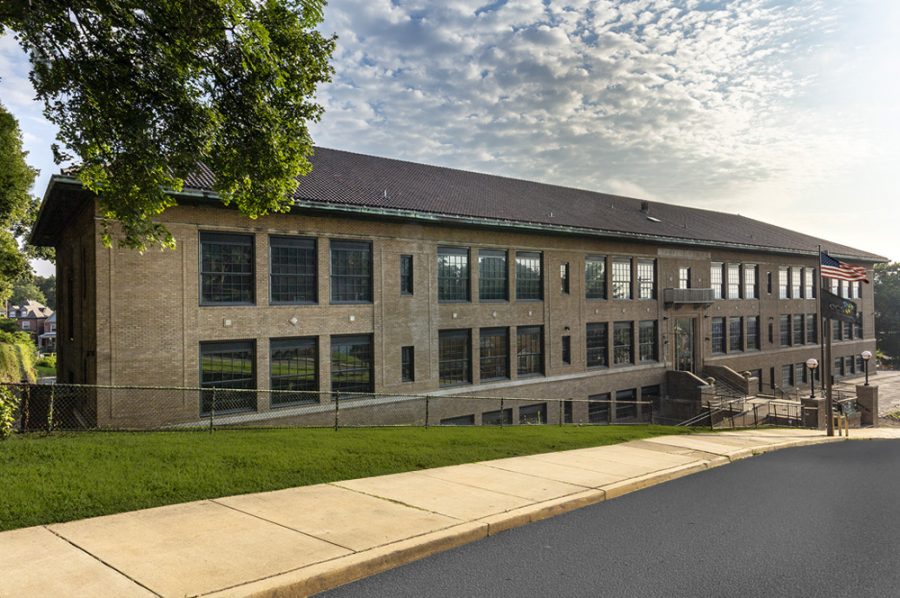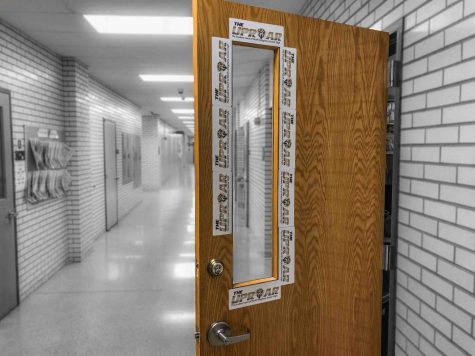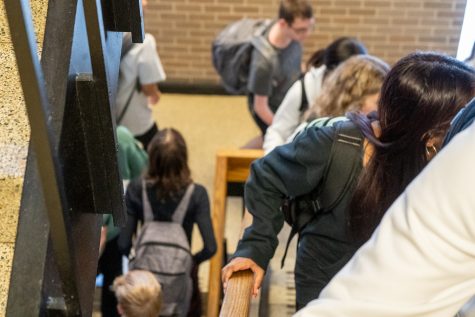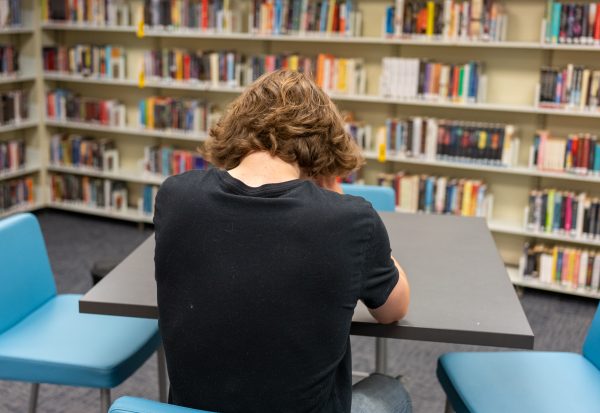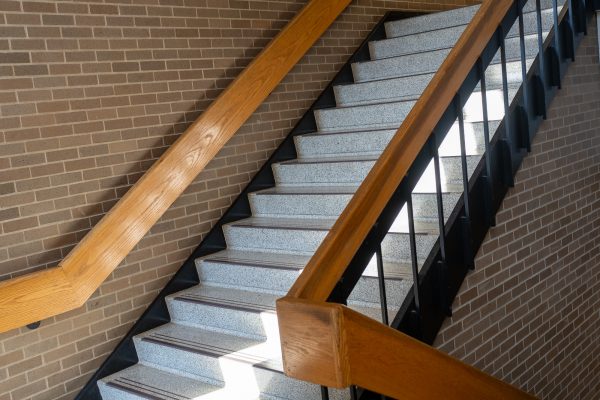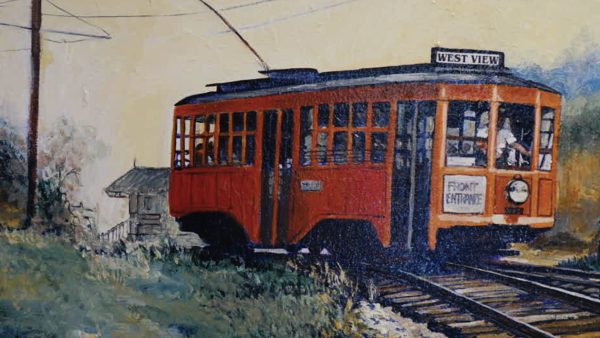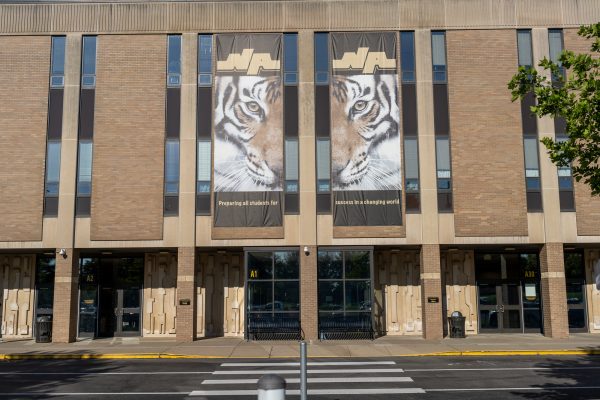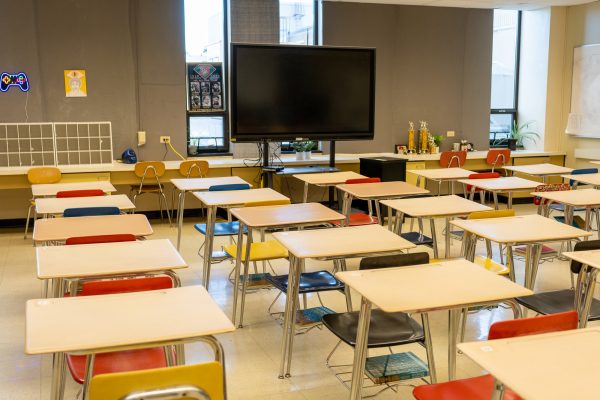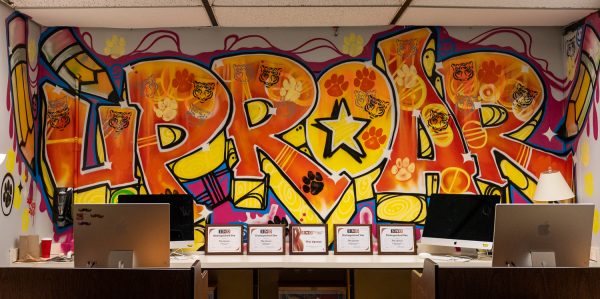Charter Schools: What are they and why are they so controversial?
In the absence of clear answers to the problems that ail the American educational system, the debate over school choice has only grown more intense.
Charter schools are legal in 45 states and the District of Columbia. Pennsylvania is one of those states, and the Environmental Charter School is one such example in our community.
Few topics unite and tear policymakers apart like the topic of charter schools.
Staunch advocates and opponents of charter schools exist across party lines. Former President Trump and his appointed Secretary of Education Betsy DeVos are among the most prominent advocates for charter schools in recent years. And former President Obama promised to “double funding for the Federal Charter School Program to support the creation of more successful charter schools” on the 2008 campaign trail.
So what is actually up for debate here? Charter schools are tuition-free, quasi-public schools that are run by organizations independent of the government. These organizations can be either non-profit, such as the Knowledge is Power Program or KIPP, or for-profit, such as the K12 Inc..
Unlike traditional public schools, location does not restrict families from enrolling their children in charter schools. Any student can attend a charter school, regardless of their zip code. However, most higher quality charter schools attract more students than they can educate. In such cases, admission can be decided through a random lottery.
Charter schools are funded through tax dollars and receive money based on enrollment. As the government’s funding is usually inadequate, most charter schools rely on outside donations and grants for support.
Although charter schools are publicly funded, they do not need to abide by the same regulations set by states and school districts for traditional public schools. Instead, charter schools submit a contract, or “charter”, to an agency appointed by the state government. If a school does not provide its students with the education it promises in its charter, it can be shut down. As such, charter schools assume greater freedom in how they teach their students but also greater responsibility.
Charter schools were first conceptualized by New England educator Ray Budde, who believed that giving educators more independence would empower them to create innovative teaching methods and improve student performance.
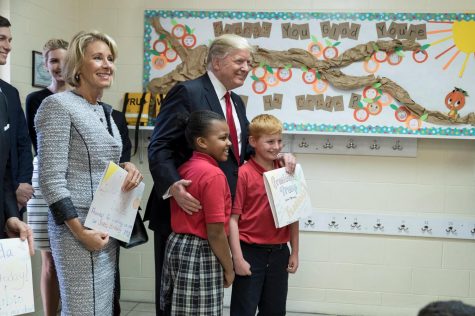
The first charter school appeared in Minnesota in 1991. Since then, support from four consecutive presidents has pushed charter schools into one of the fastest growing educational movements in the United States.
The popularity of charter schools can be simmered down to one word: choice. Charter schools are a key component of the “school choice” movement, which essentially argues that parents should not be limited in which schools they can send their children to. In neighborhoods with poor educational options, proponents argue, parents should have access to alternatives regardless of location and economic status.
Charter schools are an example of one of these alternatives. The increased autonomy of charter schools allows them to experiment with different methods of education. For example, they could have a large STEM focus or a reimagined daily schedule, increasing the number and diversity of options parents have for their children’s education.
Advocates also adamantly claim that the more innovative and successful charter schools are, the more competition traditional public schools face to keep their students. The increased pressure placed on traditional public schools forces them to become better, resulting in a higher quality education for all students.
In recent years, however, the charter school movement has been pressingly challenged by a quickly rising opposition.
Critics argue that an increased number of choices does not equate to a greater variability in choices. A report by the IBM Center for the Business of Government stated that “there appears to be less innovation than originally anticipated” in charter schools. It also found that charter schools lean towards a set of practices, such as longer school days, stricter rules on student behavior, and a prevailing focus on standardized test performance.
The lack of regulations surrounding charter schools allow the organizations managing schools, even non-profits, to prioritize profit over education, opponents argue.
One study from the Center for Research on Educational Outcomes (CREDO) at Stanford University concluded that, on average, charter schools perform either no better or minimally better than traditional public schools in reading and writing. And by allocating government funds away from traditional public schools, charter schools lower the quality of education available in school districts.
But the questions surrounding charter schools may not have neat, linear answers. A more nuanced look at these arguments reveals new sides to the story. For one, the quality of charter schools varies dramatically across the United States. The consistently high-performing KIPP schools are a far cry from the Harambee Institute of Science and Technology, whose cafeteria transformed into an illegal nightclub on the weekends.
A closer look at the CREDO study reveals that the impact of charter schools changed among different demographics. In urban areas, students who attended charter schools performed significantly better than those who went to traditional public schools. And charter schools served as a benefit particularly to black and low-income students.
With such variability among individual cases, it’s difficult to determine if charter schools legitimately deliver on their promises. Perhaps that is one of the reasons for the intense disagreements that characterize the charter school debate. Regardless, one fact is certain: The creation of charter schools has changed and will continue to change American public education. Whether or not that change is ultimately positive remains to be seen.

Michelle Hwang is a senior at NASH and the features editor for The Uproar. She enjoys reading, so if you happen to have any book recommendations, please send them her way. And if you happen to have spare slices of pecan pie lying around, send those her way too. She really likes pecan pie. She also likes making pros and cons lists with Claire Majerac. Not about pecan pie though. There are no cons to...

